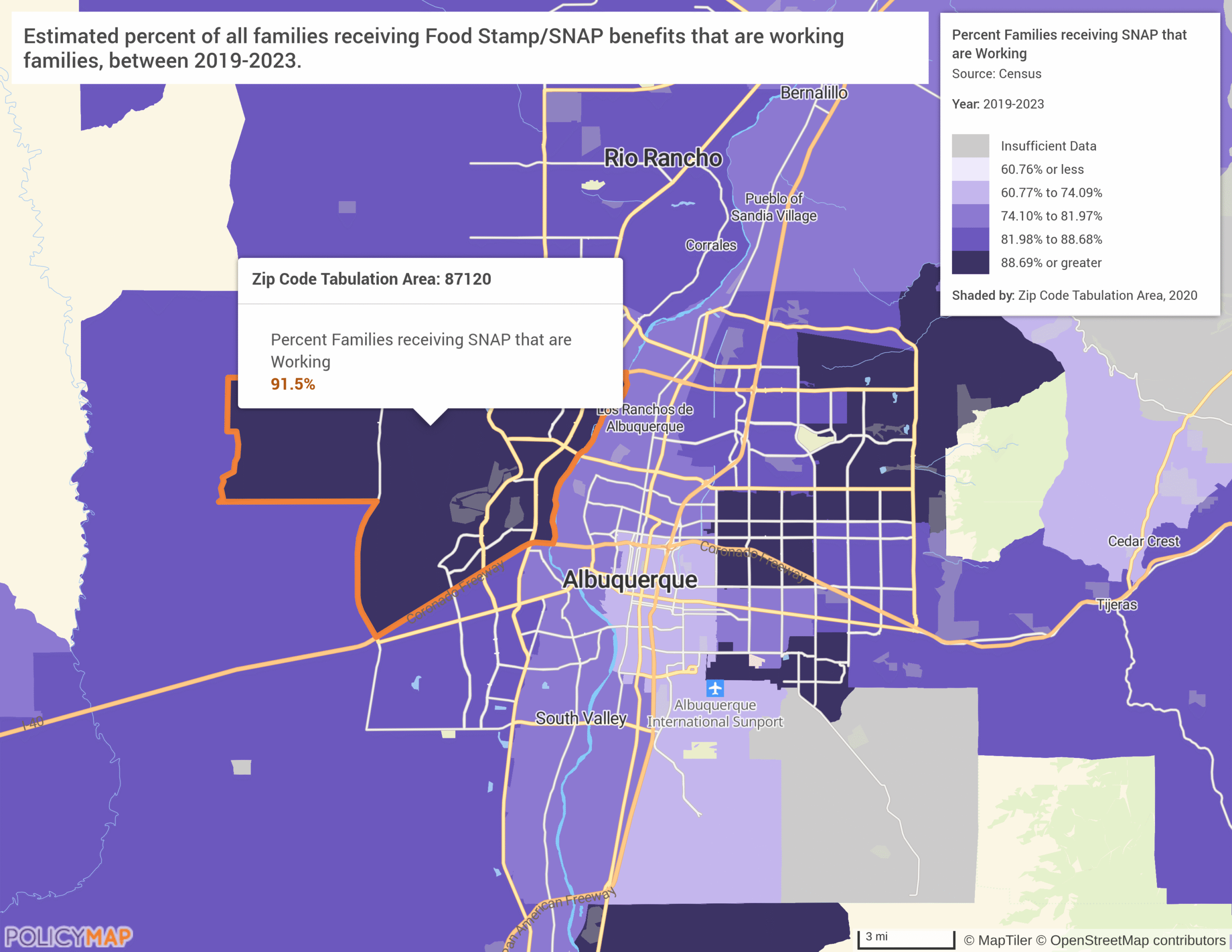Mapping the Impact of SNAP Benefit Reductions During the Federal Shutdown

With the federal government shutdown continuing through November, the Supplemental Nutrition Assistance Program (SNAP) initially faced a suspension of benefits as no emergency funds had been authorized by the Trump administration. However, following recent federal court rulings, the administration announced on November 3rd that it will release contingency funding sufficient to cover approximately 50 percent of normal November SNAP benefits.
Who is affected by SNAP benefit reductions? Which areas are most affected by SNAP benefit reductions?
The reduction in SNAP benefits may have substantial impacts on both program recipients and the network of state agencies and food assistance organizations that administer and support its operations. Approximately 42 million Americans, roughly one in eight, depend on SNAP to purchase groceries, including children, the elderly, individuals with disabilities, and working families. The delay and reduction in benefit distribution may force recipients to make difficult choices between food and other essential needs, while food banks and community organizations may experience significant increases in demand that could strain their capacity to respond.

PolicyMap helps organizations identify where benefit cuts will hit hardest and target food assistance efforts effectively.
Organizations focused on communities impacted by SNAP can use PolicyMap to better understand where reductions in benefits may hit hardest and to guide their response efforts. With access to up-to-date, neighborhood-level data, they can identify areas with high concentrations of SNAP participants, working families relying on food assistance, and households already experiencing food insecurity. The map featured here illustrates one such insight – showing the estimated percentage of all families receiving Food Stamp/SNAP benefits who are working families. It reveals that in many areas, SNAP is not simply a safety net for the unemployed but a critical support for people who work yet still struggle to afford food. By combining this data with indicators like grocery access, poverty rates, and local economic conditions, organizations can target outreach, advocate for resources, and allocate aid more effectively during this period of disruption.
Request More Information
Learn how PolicyMap can help your organization respond to SNAP benefit reductions. Fill in the form below to connect with our team and explore data on food insecurity, working families, and local economic conditions.